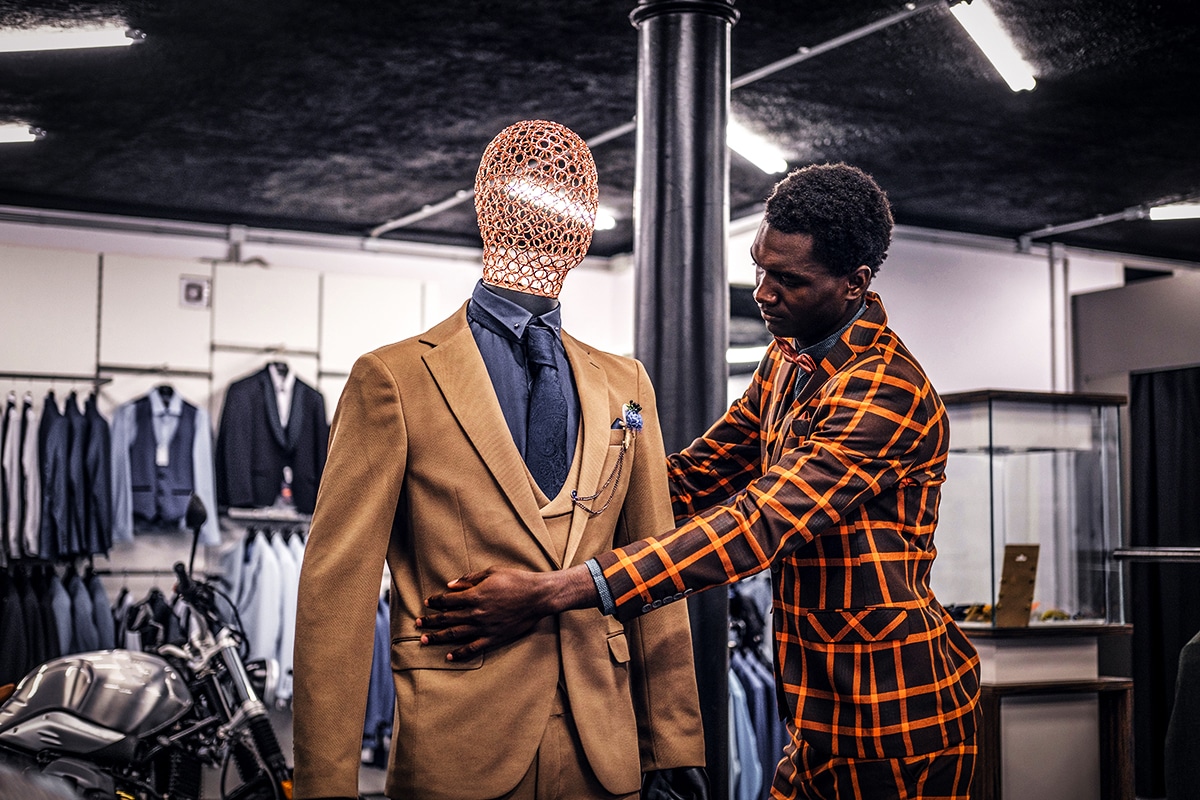The Importance of Store Decoration
As a store owner, you know that competition in the retail industry is fierce. Consumers have a plethora of options when it comes to shopping, with online shopping adding even more pressure to brick and mortar stores. Therefore, it’s necessary to create an exceptional customer experience that consumers will remember and talk about. One way to do this is through store decoration. Store decoration goes beyond the aesthetics of your store; it is a visual cue that communicates your brand’s values, personality, and offerings. This article will explore why store decoration is the key to boosting sales and creating a memorable customer experience.
The Power of First Impressions
The famous adage, «you never get a second chance to make a first impression,» is especially true in the retail industry. Consumers make split-second judgments the moment they walk into your store, based on what they see, smell, and hear. This moment is called the «decompression zone,» and it’s the first few feet of your store where consumers take in everything before beginning to shop. Store decoration plays a significant role in creating an excellent first impression. The decoration sets the tone for the rest of the store and influences a customer’s initial perception of your brand.
Brand Identity and Store Decoration
Your store decoration is not about making your store look pretty or trendy. Instead, it should be based on your brand identity. Your brand identity is the personality of your brand, and it should permeate everything you do, including your store decoration. It’s essential to create a consistent visual identity that connects with your customers and reinforces your brand messaging.
Consider Apple retail stores. Apple’s brand identity is sleek, high-end, and innovative. The stores are designed to showcase Apple’s products while acting as an extension of Apple’s branding. Apple stores use simple, clean lines, stark white walls, and minimalistic displays that place all the focus on the products. People don’t visit an Apple store just to buy an iPhone or MacBook; they visit the store because the experience aligns with Apple’s brand identity and reinforces their connection to the brand.
Creating an Emotional Connection with Customers
Customers are more likely to make purchases when they feel emotionally connected to a brand. Store decoration can help create these connections. You want customers to feel at home inside your store and part of a tribe that shares similar values, experiences, and interests.
A study by Harris Group found that 72% of millennials prefer to spend money on experiences rather than material goods. When you create an emotional connection with your clientele, you give them an experience that they remember even after they leave your store. Every element of the store decoration – from the materials used to the color scheme – should be carefully considered to create this emotional connection.
Consider outdoor gear retailer REI. The corporation has a loyal fanbase of people who are passionate about the outdoors. REI’s decorating is focused on inspiring and empowering its customers to embrace the outdoors. The store has distinctive aromas, imagery of outdoor landscapes, wooden shelving, and earth tones with pops of bright colors. This environment helps customers feel as if they are already on the adventure they desire.
The Importance of Lighting in Store Decoration
Lighting is a crucial aspect of store decoration that has the power to evoke emotions, energize customers, and even influence their purchase decisions. Lighting can create a sense of excitement and encourage customers to spend more time in the store.
There are different types of lighting that can be used in-store decoration, including ambient, task, and accent lighting. Ambient lighting is the overall lighting in the store, designed to create a welcoming atmosphere. Task lighting is more focused, aimed at highlighting products and specific areas of the store. Accent lighting is used to create a sense of drama and focus on specific products or areas.
Consider luxury retailer Tiffany & Co. The brand’s stores use different types of lighting to enhance the shopping experience. Tiffany’s iconic blue hue is illuminated in the store’s ambient lighting, creating an atmosphere of luxury and sophistication. Task lighting is used to spotlight specific products, providing a clear view of their details and quality. Accent lighting is used to highlight Tiffany’s most exceptional pieces or current collections.
Creating a Sense of Comfort with Store Decoration
Customers won’t spend much time in a store where they don’t feel comfortable. Therefore, creating a comfortable and pleasant shopping experience is a must. The material and texture of surfaces in the store have an essential role in achieving this goal.
Texture refers to the tactile quality of a surface, and it’s important because it adds depth and visual interest to your store decoration. For example, if your store is focused on a luxury or high-end theme, you can use rich fabrics and plush surfaces to tap into your customers’ desires for opulence. Hard surfaces like metal and glass can give the impression of modernity and sophistication.
Also, the feel of each product should be considered. Store decoration should cater to the specific customer base and product category. Customers looking for delicate hand-made porcelain tiaras would likely be more impressed by soft and warm colors, a cozy atmosphere, and light textiles rather than steel and glass, for example.
Consider lingerie retailer Victoria’s Secret. The stores are designed to be aesthetically pleasing and an environment in which women can relax and enjoy their shopping. The store’s decoration includes soft lighting, plush velvet seating, and luxurious fabrics displayed throughout the store.
Conclusion
Store decoration is more than just making your store look aesthetically pleasing. It’s about creating a memorable customer experience that connects with your customers’ emotions and reinforces your brand identity. Store decoration can create an emotional connection with customers, set the tone for the rest of the store, and create a sense of comfort. Ultimately, investing in quality store decoration can lead to increased sales, higher customer satisfaction, and long-lasting customer loyalty.
